Detailed Introduction to Samsung RSPC-X32
1. Product Description
The Samsung RSPC-X32 is a high – end alarm and monitoring system module, specifically engineered for industrial automation scenarios. As a crucial part of Samsung’s SSAS – PRO series, it serves as a central node for collecting, processing, and transmitting data related to industrial operations. With its advanced architecture, this module enables real – time monitoring of various industrial processes, ensuring that any anomalies or potential faults can be detected and addressed promptly. It bridges the gap between field – level sensors and actuators and upper – level control and management systems, providing a seamless and reliable communication and control infrastructure.
2. Product Parameters
2.1 Electrical Parameters
- Power Supply: Operates on a stable 24V DC power supply with a tolerance of ±10%, which is a common and reliable power source in industrial settings. This power input ensures consistent and stable operation of the module, minimizing the risk of power – related malfunctions. The power consumption under normal operating conditions is relatively low, around 5W, making it energy – efficient and suitable for long – term continuous use in power – sensitive industrial applications.
- Processing Power: Equipped with an MPC860 32 – bit microprocessor, the RSPC – X32 offers fast and efficient data processing capabilities. It can handle a large volume of data inputs from multiple sensors and devices in real – time, with the ability to execute complex algorithms and control logic at high speeds. This processing power is crucial for quick decision – making in industrial processes, such as immediate response to changes in production parameters or equipment status.
2.2 Communication Parameters
- Ethernet Connectivity: Features a fault – tolerant ethernet controller that supports communication speeds of up to 100Mbps. This ensures stable and continuous data transfer, even in environments with potential network disruptions. The ethernet interface is compliant with standard industrial protocols, allowing for seamless integration with other network – enabled devices, such as PLCs (Programmable Logic Controllers), HMIs (Human – Machine Interfaces), and enterprise – level monitoring systems.
- Serial Communication: Equipped with 4 optically isolated serial communication channels, supporting both RS422 and RS485 standards. These channels enable secure data transmission between the RSPC – X32 and a wide range of serial – based devices, such as sensors, actuators, and legacy industrial equipment. The optical isolation provides protection against electrical interference and ground loops, enhancing the reliability of data communication in noisy industrial environments.
2.3 Environmental Parameters
- Operating Temperature Range: Designed to function reliably in temperatures ranging from – 20°C to 60°C. This wide temperature range makes it suitable for use in various industrial environments, including those with extreme temperature variations, such as outdoor industrial plants, cold storage facilities, and high – temperature manufacturing areas.
- Humidity Resistance: Can operate in relative humidity levels ranging from 5% to 95% (non – condensing). The module is engineered with moisture – resistant materials and coatings, ensuring its performance remains unaffected in humid conditions, which are common in industries like food and beverage processing, water treatment, and some chemical manufacturing processes.
3. Product Specifications
3.1 Physical Dimensions
The RSPC – X32 has compact dimensions of approximately 180mm (height) × 260mm (width) × 60mm (depth). This size is optimized for easy installation in standard industrial control cabinets or DIN – rail – based mounting systems. Its compact form factor allows for efficient use of space in crowded industrial enclosures, while still housing all the necessary components for high – performance operation.
3.2 Weight
Weighing only 0.38kg, the module is lightweight, which is beneficial for installation and maintenance. The low weight makes it easy for technicians to handle during installation, reducing the risk of physical strain and potential damage to the module. It also simplifies the process of system upgrades or replacements, as the module can be quickly and easily removed and reinstalled.
3.3 Mounting Type
Supports both DIN – rail mounting (compatible with 35mm standard rails) and panel – mounting options. The DIN – rail mounting method allows for quick and secure installation in industrial control cabinets, where multiple modules can be easily stacked and organized. The panel – mounting option, via pre – drilled holes, provides an alternative for applications where a more customized or permanent installation is required, ensuring stable fixation in vibrating industrial environments.
3.4 Protection Rating
Achieves an IP20 protection rating for the module body. This rating protects against solid objects larger than 12mm, such as fingers, and provides basic protection against dust. The connectors on the module are designed with additional protection features, ensuring reliable operation in industrial settings where there may be a presence of dust or small debris.
4. Product Series and Features
4.1 Product Series
The RSPC – X32 belongs to Samsung’s SSAS – PRO series, which is renowned for its high – performance and reliability in industrial alarm and monitoring applications. The SSAS – PRO series is designed to meet the demanding requirements of modern industrial automation, integrating advanced technologies for data acquisition, processing, and communication. It is part of Samsung’s comprehensive portfolio of industrial solutions, which also includes other automation components and software platforms that can be integrated with the RSPC – X32 for end – to – end industrial control systems.
4.2 Product Features
- High – Performance Processing: Powered by the MPC860 32 – bit microprocessor, it can handle complex data processing tasks in real – time, enabling fast response times to changes in industrial processes. This processing power is essential for running advanced algorithms for alarm detection, fault diagnosis, and process optimization.
- Fault – Tolerant Communication: The fault – tolerant ethernet controller and optically isolated serial communication channels ensure reliable data transfer. In case of a temporary network glitch or electrical interference, the module can maintain communication integrity, reducing the risk of data loss or miscommunication in industrial control systems.
- Scalability: The module is designed to be scalable, allowing for easy expansion of the industrial monitoring and control system. Additional sensors, actuators, or other devices can be connected to the RSPC – X32 as the industrial process grows or changes, without significant re – engineering of the overall system.
- Remote Monitoring and Control: Supports remote access capabilities, enabling operators to monitor and control industrial processes from a central location. This feature is especially useful for large – scale industrial plants or those with distributed operations, as it allows for centralized management and reduces the need for on – site personnel for routine monitoring tasks.
5. Functions, Uses and Application Fields
5.1 Functions
- Data Acquisition: Continuously collects data from a variety of industrial sensors, such as temperature sensors, pressure sensors, and flow meters. It aggregates this data and prepares it for further processing and analysis.
- Alarm Generation: Analyzes the collected data in real – time and generates alarms when predefined thresholds are breached. These alarms can be sent to relevant personnel via various means, such as SMS, email, or through the integrated industrial control system’s HMI, ensuring that potential problems are addressed immediately.
- Monitoring and Control: Monitors the status of industrial equipment and processes, and can also send control signals to actuators based on the analyzed data. For example, it can adjust the speed of a motor, open or close a valve, or start/stop a production line component to maintain optimal process conditions.
5.2 Uses
- Industrial Process Monitoring: Used to monitor the performance and status of industrial production lines. It can detect any deviations from normal operating conditions, such as changes in product quality, equipment malfunctions, or inefficiencies in the production process, allowing for timely corrective actions.
- Equipment Fault Detection: Continuously monitors the health of industrial equipment, such as pumps, compressors, and motors. By analyzing data from vibration sensors, temperature sensors, and other diagnostic sensors, it can predict potential equipment failures and schedule maintenance activities proactively, reducing unplanned downtime.
- Environmental Monitoring: In industrial facilities, it can be used to monitor environmental parameters such as air quality, humidity, and temperature. This is particularly important in industries where environmental conditions can affect product quality or worker safety, such as in pharmaceutical manufacturing or food processing.
5.3 Application Fields
- Manufacturing Industry: Widely used in automotive manufacturing, electronics production, and metalworking industries. It helps in monitoring the production process, ensuring product quality, and optimizing production efficiency by controlling various manufacturing equipment and processes.
- Energy Sector: Applied in power generation plants (both conventional and renewable), oil and gas refineries, and energy distribution networks. It monitors the operation of critical equipment, such as generators, turbines, and pipelines, and helps in ensuring the safe and efficient supply of energy.
- Food and Beverage Industry: Used to monitor and control the production process, ensuring compliance with strict hygiene and quality standards. It can monitor temperature and humidity in storage areas, control the operation of food processing equipment, and detect any potential contamination risks.
- Water and Wastewater Treatment: Monitors the water treatment process, including the operation of pumps, filters, and chemical dosing systems. It helps in ensuring the quality of treated water and the proper functioning of wastewater treatment plants, contributing to environmental protection.
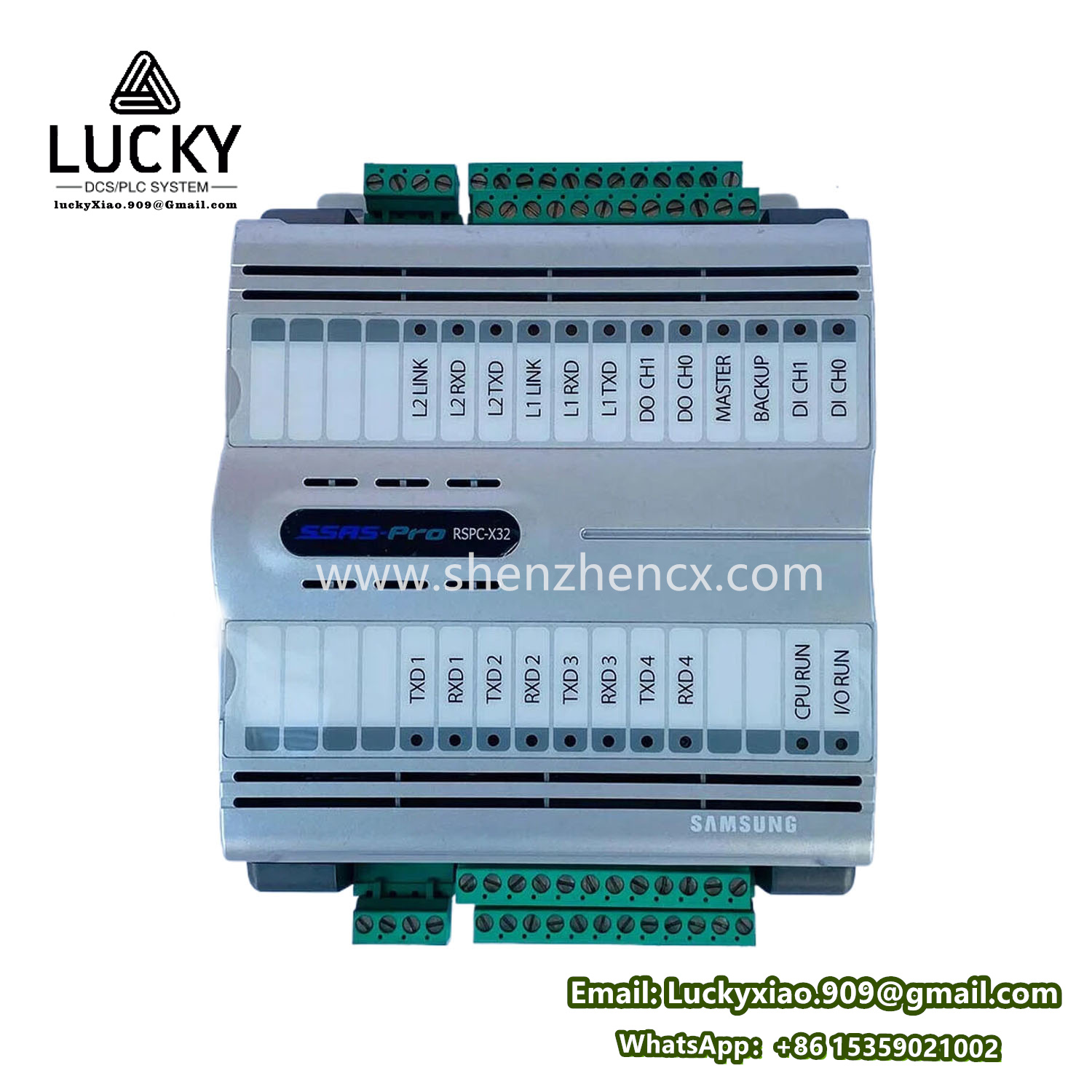



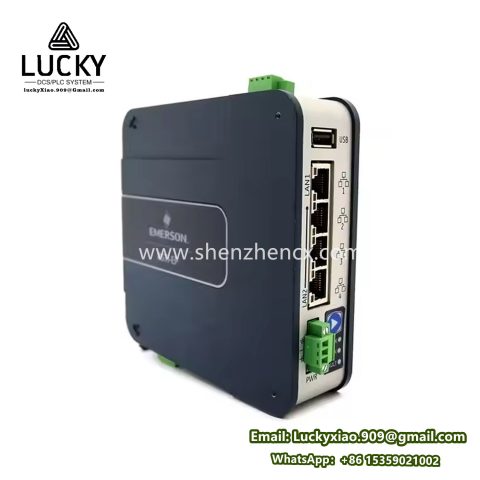
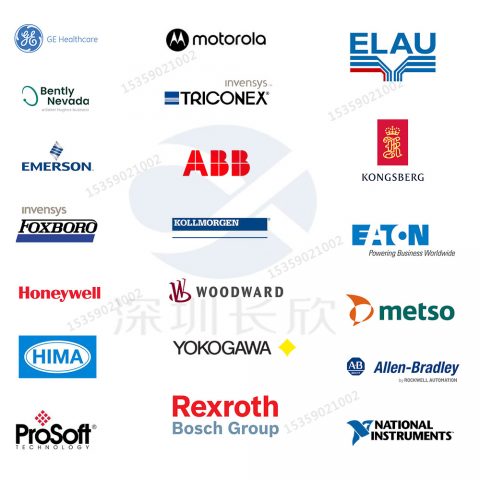
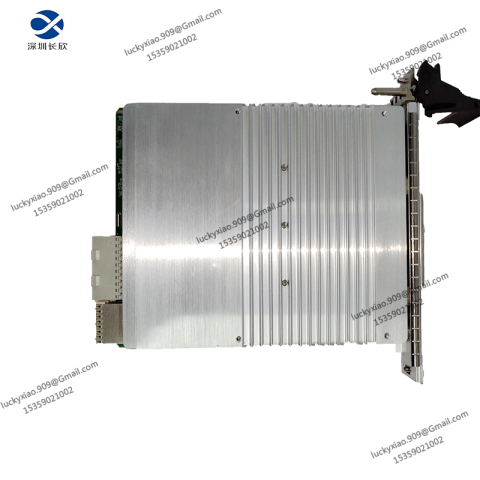
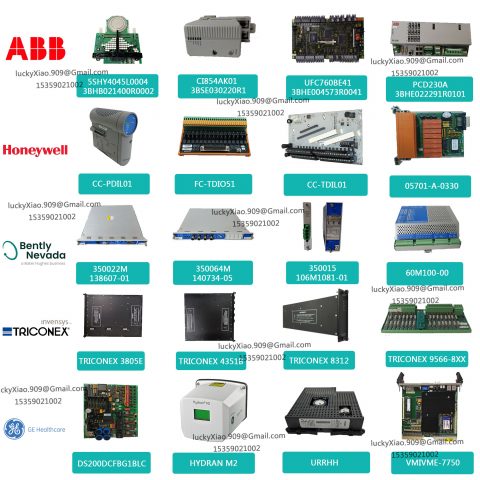
-480x480.png)
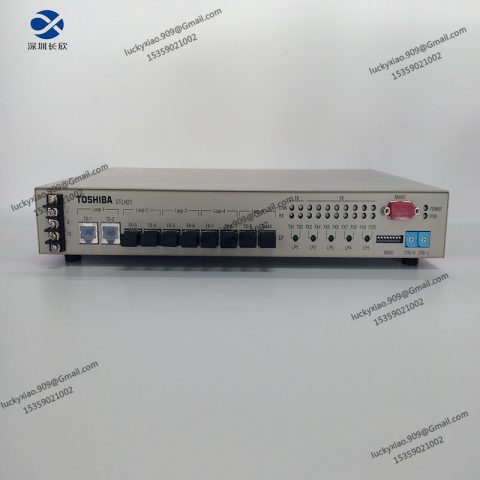
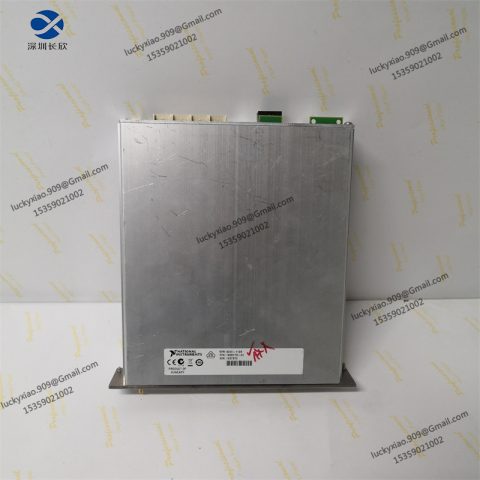
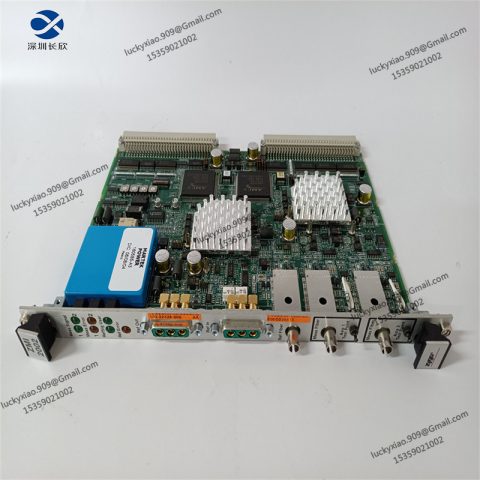
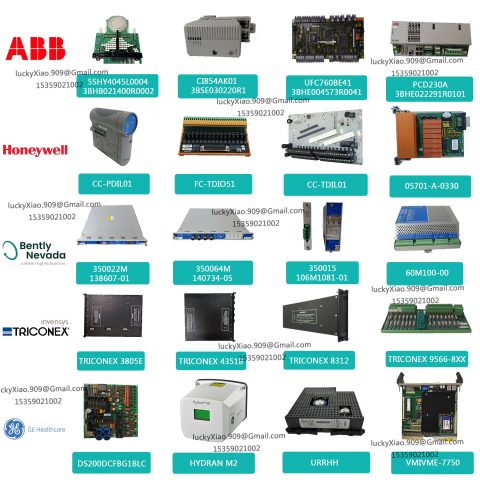
There are no reviews yet.